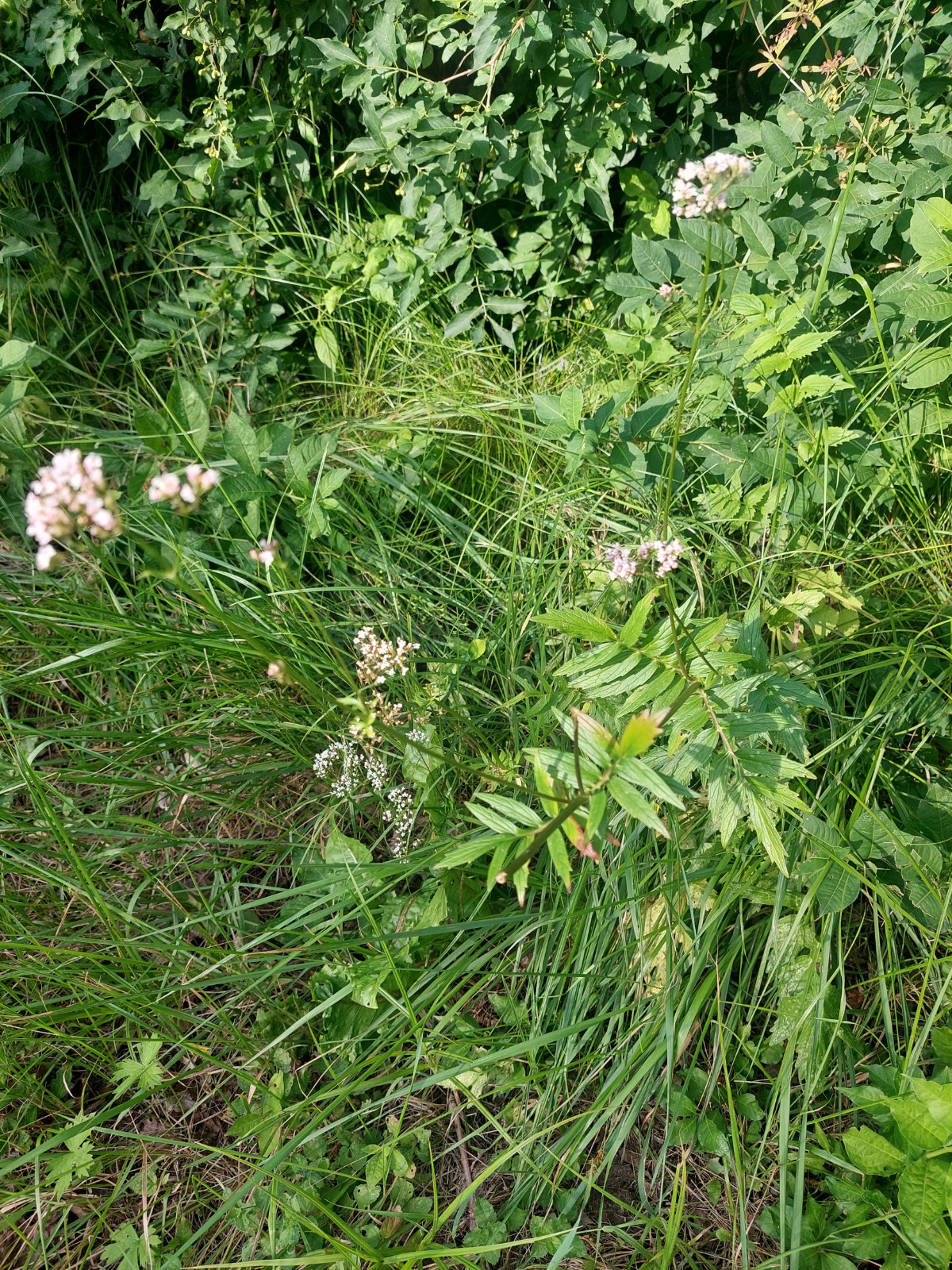MEDICINAL VALERIAN (‘Valeriana officinalis’)
 © E. Bēvalde.
© E. Bēvalde.Perennial flowering medicinal plant of the valerian family. Valerian is a large herb, approximately 40–170 cm tall, with a straight, grooved and hollow stem that branches slightly at the top. Its small flowers, arranged in umbel-shaped inflorescences, are white, soft pink or light purple in color.
The strong and specific smell of the root makes the plant very recognizable, but the flowers and leaves have almost no such sweet smell. However, if a valerian leaf is picked and dried, it will have a recognizable scent.
Valerian blooms from June to September; its fruit is a brown nut with flying hairs.
The Latin name of the valerian family, Valerianaceae, comes from the verbs valere, meaning to be healthy, and valero, to be strong. Another version points to valerian's connection with the Roman emperor Valerian (Publius Licinius Valerianus, 253–260 A.D.). It is possible that the plant was named after the emperor, but it is equally possible that both the plant and the emperor got their Latin names precisely because of their characteristics.
It has sedative or calming and antispasmodic or astringent and antispasmodic properties. Valerian is popularly known as a natural sedative.

